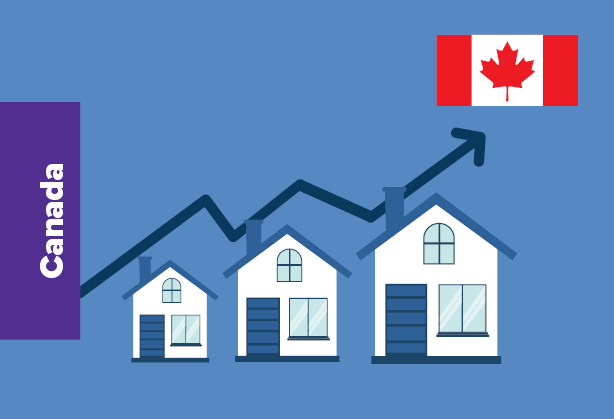
Mortgage Renewal Shock Looms for Canadians
The bank’s latest report warns that the mortgage renewal “payment shock” will peak in 2026. This will occur when a wave of homeowners from the low-interest pandemic years face significantly higher borrowing costs.
Overall household credit quality remains strong. Insolvency levels have settled near pre-pandemic norms, and more financially stretched Canadians are turning to structured repayment arrangements rather than declaring bankruptcy. Credit card and line-of-credit usage also remains steady at around 65 per cent, while average credit scores continue to sit above 2019 levels.
However, the report highlights a growing divide between financially secure borrowers and those under mounting strain. The proportion of lower-credit borrowers who are a month or more behind on payments has climbed to about 11.5 per cent. Among renters and non-mortgage holders, the share of accounts over 90 days delinquent has also risen slightly.
CIBC attributes much of the current stability to proactive moves from lenders, which have helped contain defaults. Yet, the relief may only be temporary. The most severe payment shocks are expected to hit in 2026, when roughly five to six per cent of mortgage holders will see monthly payments jump by more than 40 per cent.
These borrowers will primarily be homeowners who secured mortgages in 2021, when interest rates were at historic lows. CIBC’s economists expect this group to experience significant stress, but note that the broader economic impact should remain contained. Strong employment figures and the banks’ ability to adjust repayment terms could help prevent widespread defaults.
Many everyday Canadians will feel the squeeze. Higher mortgage payments, rising living costs, and limited savings are likely to slow consumer spending. CIBC expects the recent resilience in household consumption to fade as financial pressures intensify.
The Bank of Canada has echoed similar concerns. The bank has observed that spending has been outpacing income growth, causing savings rates to drop from 7.2 per cent to just 5 per cent. As savings cushions shrink, Canadians become less able to absorb higher costs.
Small businesses are already feeling the effects. An Equifax Canada survey found that one-third of small business owners are worried about slowing consumer demand, with rising wages adding to their financial strain.
As the 2026 mortgage renewal wave approaches, CIBC’s message is clear: while the financial system remains resilient, Canadian households are heading into a period where every dollar will matter more than ever.



